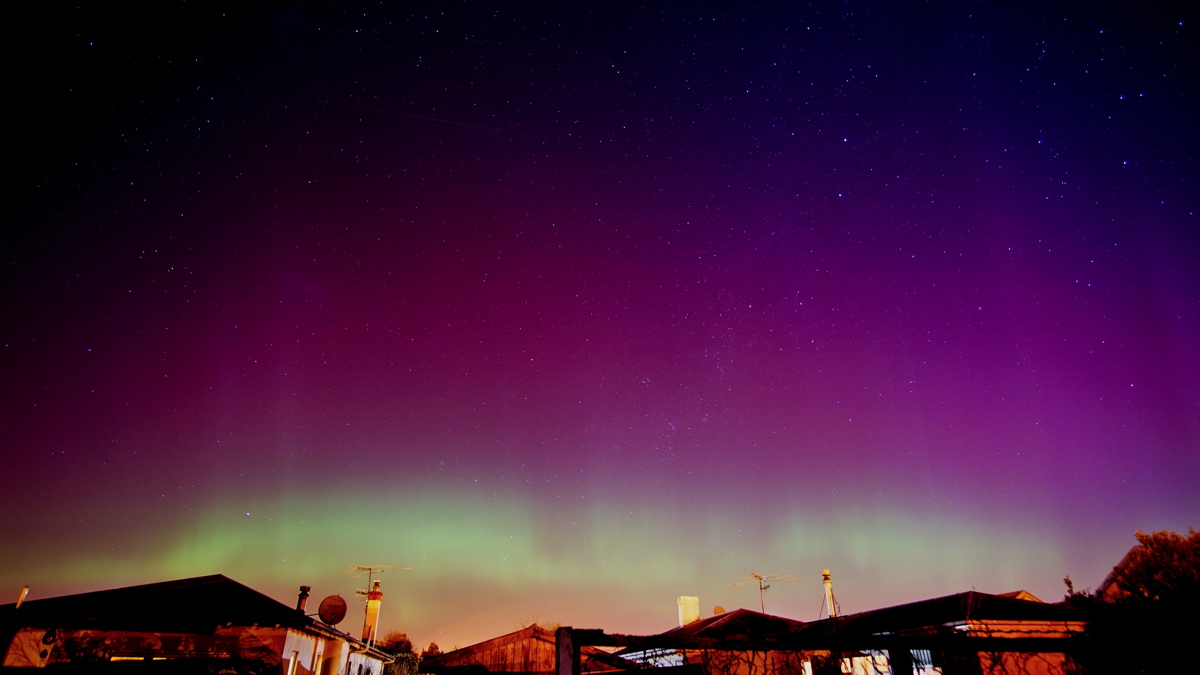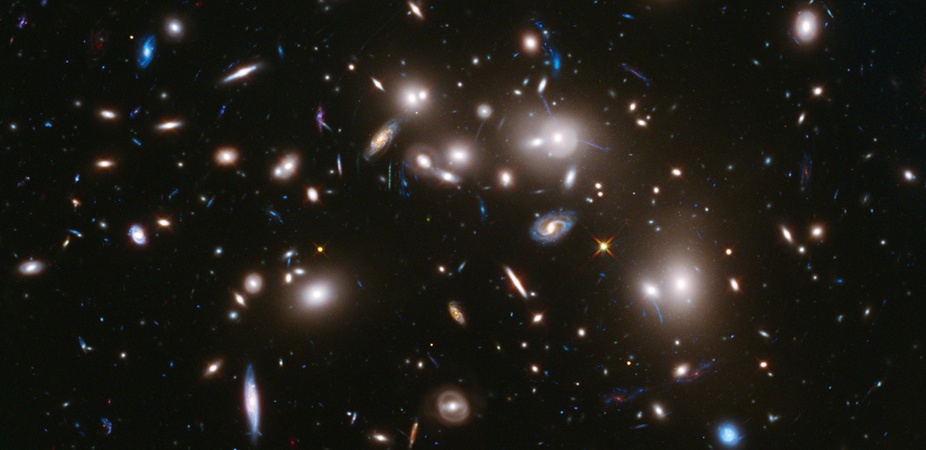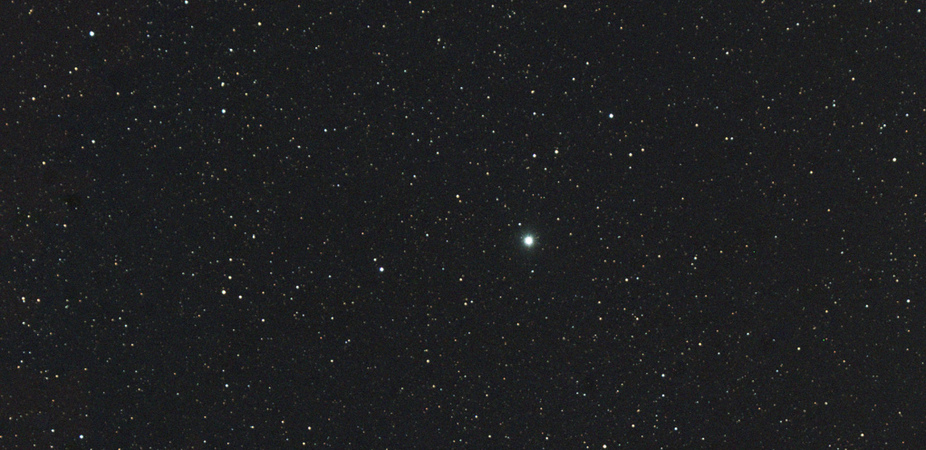
Michael J. I. Brown
I was born and raised in Melbourne’s southeastern suburbs. My interest in astronomy began as a child, when the Voyager spacecraft visited the outer planets. I undertook my undergraduate and postgraduate studies at the University of Melbourne during the 1990s. For my PhD, I used (now antiquated) photographic plates to identify thousands of galaxies and measure their distribution in space.
In 2000 I joined the staff of the National Optical Astronomy Observatory, and started working on surveys of the distant Universe with large ground-based telescopes and satellites. In 2004 I was awarded Princeton University’s Henry Norris Russell Fellowship, and studied the growth of the most massive galaxies. Using thousands of galaxies in the constellation of Bootes, I found that the most massive galaxies have grown slowly over the past seven billion years, which is almost certainly due to mergers of galaxies.
Since 2007 I have been at Monash University’s School of Physics and Astronomy. I am measuring spectra of galaxies across the electromagnetic spectrum, which is useful for measuring the distances to galaxies, the luminosities of galaxies and how rapidly galaxies form stars. I am also using large astronomical surveys to measure how rapidly galaxies are growing, and how this growth compares to the growth of dark matter halos.
Latest articles by Michael J. I. Brown
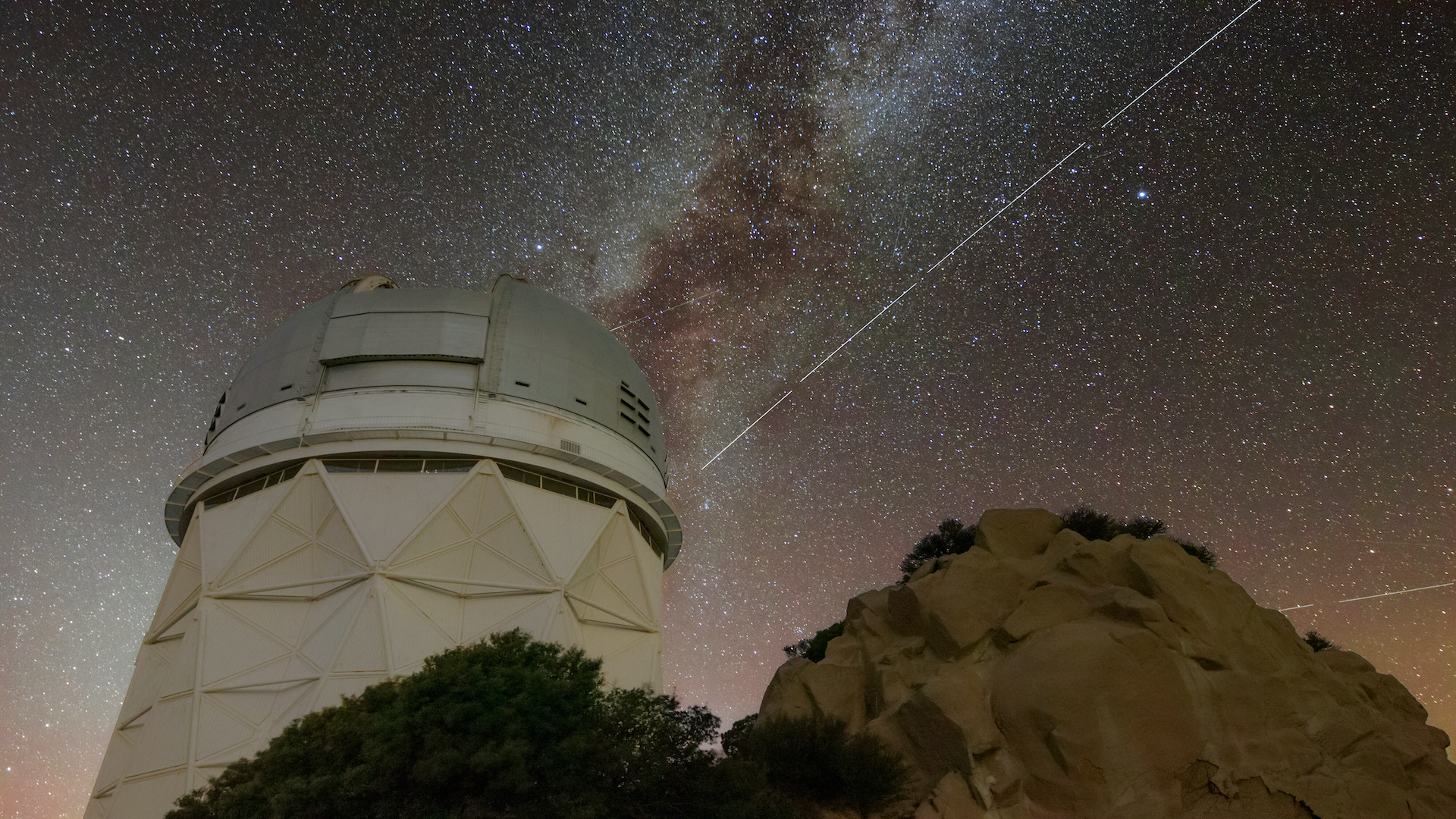
BlueWalker 3, an enormous and bright communications satellite, is genuinely alarming astronomers
By Michael J. I. Brown published
On a dark night, away from the city lights, you can see the stars in the same way as your ancestors did centuries ago.

The sky isn't just blue — airglow makes it green, yellow and red too
By Michael J. I. Brown, Matthew Kenworthy published
Is blue the true color of the sky, or the only color of the sky? It's complicated.
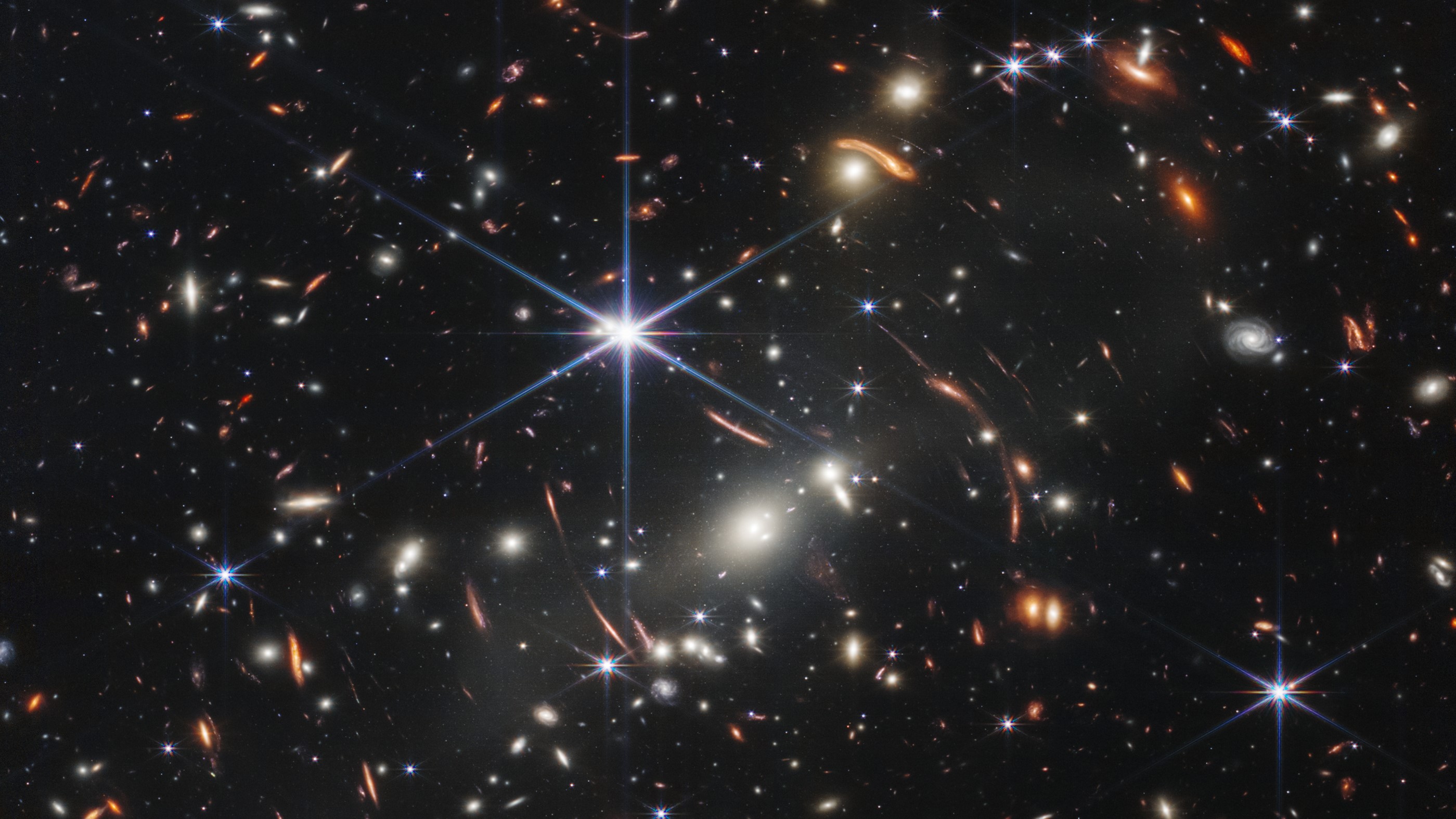
Is the James Webb Space Telescope finding the furthest, oldest, youngest or first galaxies? An astronomer explains.
By Michael J. I. Brown published
We have also seen headlines claiming Webb has found “the oldest galaxies we have ever seen”, but what does that mean?
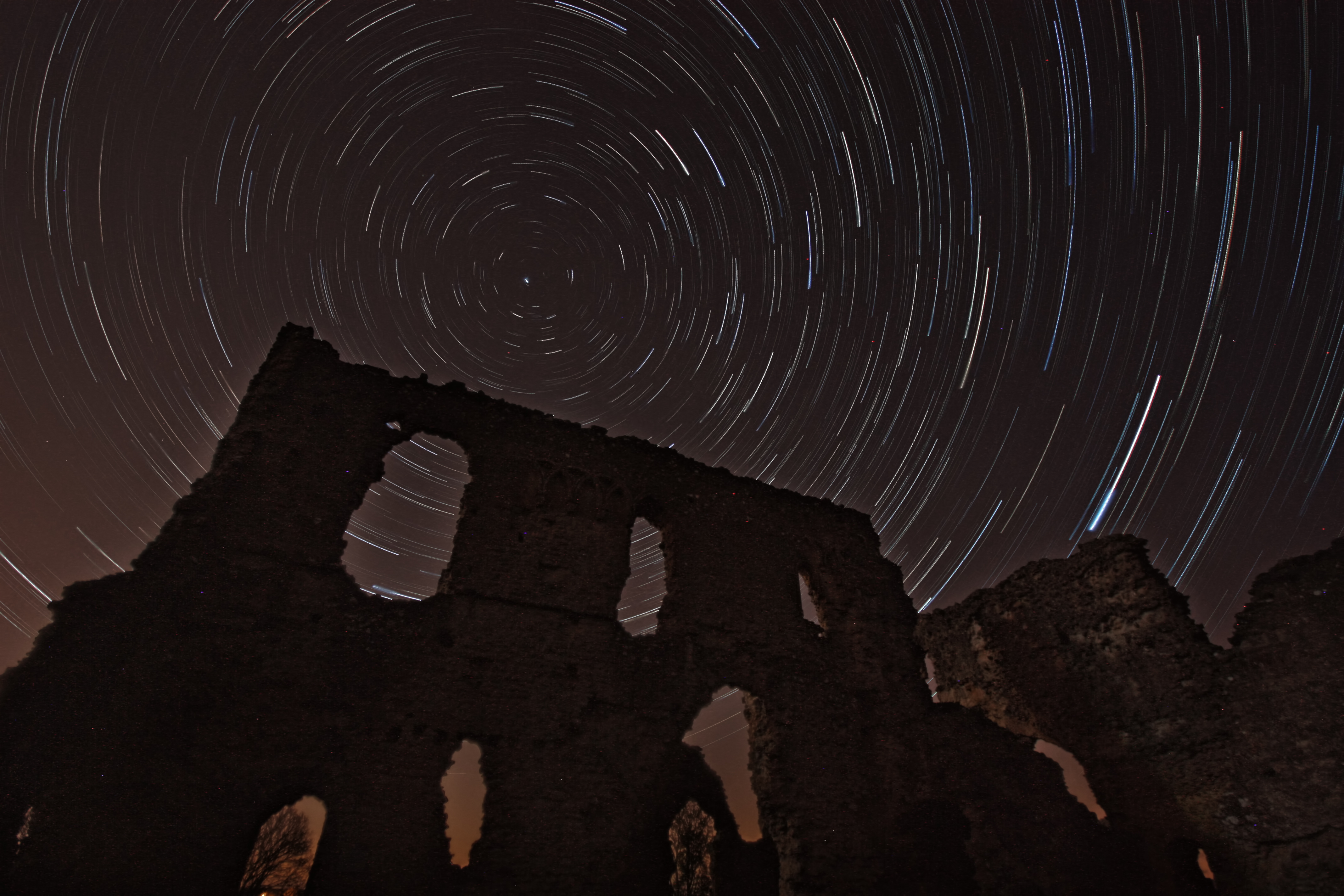
When You Look Up, How Far Back in Time Do You See?
By Michael J. I. Brown published
Our senses are stuck in the past. There's a flash of lightning, and then seconds pass until we hear the rumble of distant thunder. We hear the past.

NASA Pioneer, Dark Matter, and the 'Errors' of Science
By Michael J. I. Brown published
Get the Space.com Newsletter
Breaking space news, the latest updates on rocket launches, skywatching events and more!
